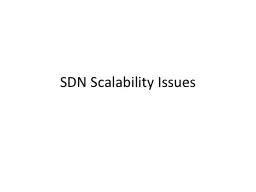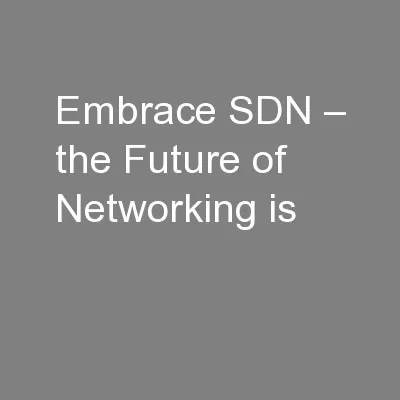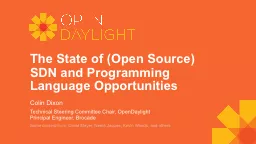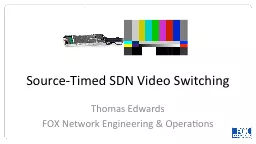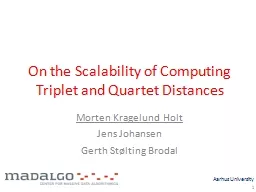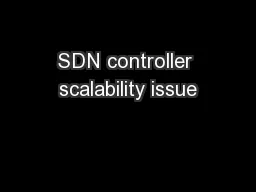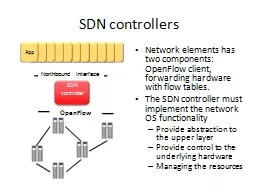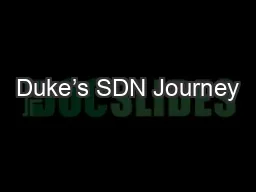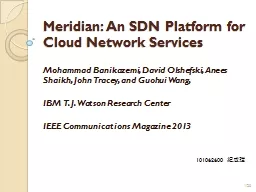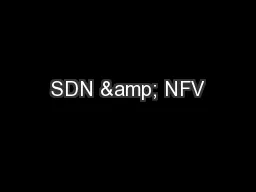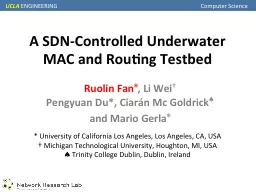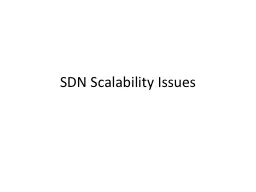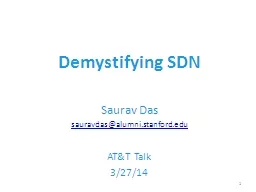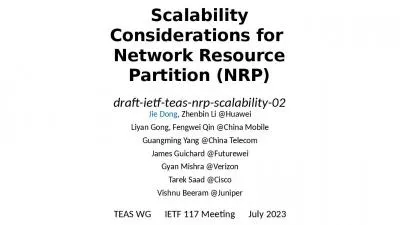PPT-SDN Scalability Issues
Author : stefany-barnette | Published Date : 2016-04-20
Last Class Measuring with SDN What are measurement tasks What are sketches What is the minimal building blocks for implementing arbitrary sketches How do we tradeoff
Presentation Embed Code
Download Presentation
Download Presentation The PPT/PDF document "SDN Scalability Issues" is the property of its rightful owner. Permission is granted to download and print the materials on this website for personal, non-commercial use only, and to display it on your personal computer provided you do not modify the materials and that you retain all copyright notices contained in the materials. By downloading content from our website, you accept the terms of this agreement.
SDN Scalability Issues: Transcript
Download Rules Of Document
"SDN Scalability Issues"The content belongs to its owner. You may download and print it for personal use, without modification, and keep all copyright notices. By downloading, you agree to these terms.
Related Documents

